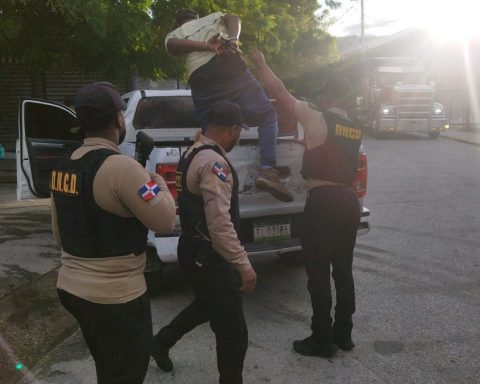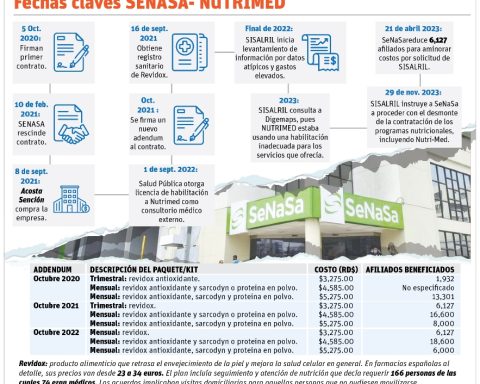The most common crime is retargeting, followed by cyberbullying, social media hacking, email hacking, malware, and identity theft.
27.5 percent of people between the ages of 10 and 24 who used the Internet in the 12 months prior to the survey have been victims of cybercrime.
The data is contained in the National Survey of Multiple Purpose Households (ENHOGAR-2022) carried out by the National Statistics Office (ONE).
6.7% of the aforementioned age group have been victims of cyberbullying and 5.9% have been victims of hacking of their social networks.
Next are 5% email hacking, 4.8% malware, 2% theft or phishing, 1.6% ransomware, and 1.5% credit or debit card cloning.
12% of the population aged 10 and over who used the Internet in the 12 months prior to the survey said they had been a victim of redirection, this being the cybercrime with the highest incidence.
Redirection occurs when trying to access a web page automatically opens fraudulent pages, requesting personal information from the person who is browsing the Internet.
The percentage of the population aged 10 and over that used the Internet in the three months prior to the survey is 84.4%.
devices and services Technology of the information and communication (ICT) that households own the most are cell phones (91.7%), televisions (76.6%) and Internet (46.1%).
We invite you to read: 2023, pre-election year: what do the experts say about the DR economy?
The most frequent ICT-related skills in people aged 10 and over who belong to the high socioeconomic group are: sending email messages with attached files (49.9%) and using copy and paste tools to duplicate or move information within a document (46.6%). These same skills, in the low group have been done by 8.2% and 9.0 percent.
For the very low socioeconomic group, the most frequent ICT-related skills are: using copy and paste tools to duplicate or move information within a document (3.9%) and sending email messages with attached files (3.0%).
The field work of ENHOGAR-2022 was carried out between May 18 and July 17 of this year.
The research was based on a probabilistic sample of 40,243 homes. It is the second household survey carried out by the ONE after the epidemic of covid-19.

















